Ancient ship from the bottom of the sea
The ship was supposed to see where it sails. Therefore, the Greeks always painted their eyes on both military and merchant ships! Thalassa Mussion, Ayia Napa, Republic of Cyprus.
Even here in Russia, a rather distant country from Greece, everyone probably knows how ancient Greek ships looked like in general. After all, they were drawn in our textbook on stories Ancient world. In addition, there are drawings in the Internet and in books. So this is not a curiosity. Archaeologists have met their images on ceramic vases, only to find out from them how they were made, and also from what materials they were built at that time far from us. Finally, what did the merchant ships carry, not the warships that sailed between the islands of the Aegean and the Mediterranean? Well - apparently nature itself made sure that we knew about all this, although perhaps not all have learned ...
Kyrenia-II - this is what this ship looks like. Thalassa Mussion, Ayia Napa, Republic of Cyprus.
Dive and find!
It is clear that if you would like to find the remains of an ancient Greek ship, you should look for them where they once sailed, that is, somewhere in the Mediterranean. But the sea is great! Traces of shipwrecks brought sand, so that, going down under the water, you will hardly be able to find them right away. However, this is not impossible! So in 1967, the Cypriot diver Andreas Kariolou found an ancient wreck. Then scientists for two whole years tried to fix the location of each object under water. After all, it was very important to know exactly how each part of the vessel was connected to the other. How else to combine them into one? Because to raise the wreckage of an ancient ship like that right away is impossible. A tree that has lain for thousands of years under water becomes fragile. The staff of the Museum of Pennsylvania from the United States began to help the Greeks, and together they were able to free the remains of the ship from the sand and lift them to the surface, and with the cargo. They spent their conservation, which was necessary to save the tree from the excessive content of sea salt. Moreover, it was necessary not to overdry it and keep this sea vessel - the oldest among all found on Earth - for posterity!
Stones of ancient anchors.
Old tree tells
Research of the vessel (or rather, what was left of it, but not so much left!) Began with an analysis of the wood that was used for its construction. Then it turned out that it had sailed for about 80 years before the shipwreck, that is, it was a kind of long-lived, even though it was wooden! The cargo consisted of amphorae and almond containers, and according to it, the most accurate date of its death was established - 288 year BC. er That is, it was the case that this year a small vessel loaded with millstones and a load of amphoras (400 amphoras in total!) Left the port of Kyrenia on the island of Cyprus. Immediately after that, a storm began and it crashed near the harbor. The crew during this ill-fated voyage, according to scientists, consisted of four people, as confirmed by the four bowls and four spoons found on board, and before visiting the island of Cyprus, was engaged in coasting sailing in the Mediterranean and Aegean Sea. The sailors ate fish and almonds, well, and, of course, they drank it all with wine from the same amphorae. It may be that they simply got drunk on them, which is why the navigation safety rules were violated, or the ship ... was attacked by pirates ?! So he sank. However, the archaeologists did not find the skeletons of the crew at the crash site, so one can hope that the sailors from it tried to escape by swimming and survived!
And this is how the load of amphoras was located on it. Only there were many more!
In such amphorae in Cyprus stored grain. In the girl that stands side by side for the 152 scale, see the Archaeological Museum in Larnaca
When politics opposes history!
It also turned out that the hull was made of pine, it was only 15 meters long, so 400 amphoras and 29 millstones (although they most likely took them as ballast) were a very heavy burden for him. That is, it could simply drown in a strong wind when it was overwhelmed with waves. At the same time, such small dimensions made it possible to build this ship anew and see: how it could be well, at least on the basis of drawings on the same Greek vases. After all, how it was arranged from the inside by scientists was already known.
Kyrenia-II - a general view.
Work on the replica of the vessel began in the 1970 year, and went on for several years until it was manufactured. But here modern politics intervened in the history of the past in the most dramatic way. Turkish troops landed on Cyprus ... The fratricidal war began, and the island was divided into two parts: the northern, not recognized republic of Northern Cyprus, where the Turkish troops are still present, and in the museum of the Venetian fortress in the port of Kyrenia, the remains of this ship in the Museum Shipwrecks, and southern - the Republic of Cyprus. You can get to the north side either through Turkey or from the southern part of the island, including the usual sightseeing bus.
Device steering oars.
I’m not a presidential opportunity, but I didn’t look with my own eyes at the oldest ship in the world (later they found it even more ancient, but this is also reconstructed!) When I came to Cyprus, I couldn’t. And drove north! In the Venetian fortress, the hall with the remains of the ship is the coolest room in the museum, and there, at a constant temperature and humidity, its building is stored, which can be bypassed and examined. However, its replica, made on the basis of all its fragments, is absent in this museum! So if you are resting in Northern Cyprus, you will have to go south to the south to see it, and vice versa - from south to north if you want to admire not the layout, but the original!
And this is what the rest of this vessel looks like in a museum in the Venetian fortress in Kyrenia. You have to shoot through glass, so the quality of the pictures is not very high.
A whole bunch of amphorae was lying exactly at the bottom of the sea ...
Everything is exactly the same as that of Homer!
In the town of Ayia Napa, which translated into Russian language means "Holy Forest", in the local, very small, but stylish building "Thalassa museon" - that is, in the maritime museum, you will see this ship. However, before you go to the ship itself, be sure to inspect the museum itself, as it is quite interesting, although the ship, of course, for the history buff, overshadows all these dried turtles and stuffed fish, because it looks exactly like Homer .
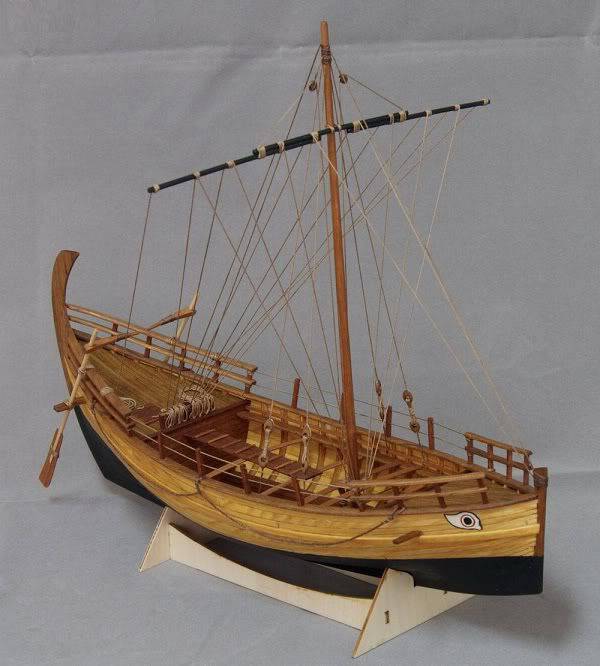
By the way, for lovers of desktop modeling of wooden ships, the Chinese company Shicheng model has released an excellent model of this vessel on the scale of 1: 43 with all the details of the set and plating cut out by the laser!
The ship is called “Kyrenia II”, since the original remained on the Turkish side. In addition to the replica of this ship, there are also exhibited amphorae for wine and grain that were on his board, anchor stones with holes for pointed stakes, and ... a helmet of Morion, which belonged to the Venetians, who once settled in Cyprus. There is also a copy of the “Papyrella” - the reed of the Greek ship of the Mesolithic time (9200 BC). And it turns out that not only Indians from Lake Titicaca and the ancient Egyptians used papyrus and reed vessels. Back in time immemorial, the Cypriots did not disdain this material either, that is, it was a common tradition!
Boat pirella
The ship is set up in a museum in such a way that it can be circled around and viewed from all sides, and even to look inside it through its open deck. He is with a mast and a sail, but without oars, since the Greeks had only combat ships at oars. Two large oars behind - steering. Rejecting them in different directions, the helmsman just ran such a ship. It is known that high-quality pine wood was used for the hull of the vessel and, apparently, it was on such-and-such ships that the inhabitants of Cyprus in the past allowed their luxurious forests, which now have nothing left. All wooden parts of the vessel were covered with a special varnish, protecting them from water and larvae. Moreover, the ship is indeed “black-necked”, that is, the kind that the Greek ships were described by Homer, which suggests that the traditions of shipbuilding changed very slowly at that time.
Once upon a time from such sycamore here the locals built their ships. And now they are paying the price of drought for reduced forests.
Of course it is a pity that such an archaeological find is divided in this way: the original is in the north, and its replica is in the south. These are the real and dramatic consequences of military conflicts, both for people and for history. And neither the Greeks nor the Turks do not want to give in, therefore it is unlikely in the foreseeable future both of these monuments of history will unite. So if you relax on the island of Cyprus, try to visit at least one of these two museums. After all, there you will see one of the most ancient ships, the fate of which, so that scientists may say there, we can only guess today!
However, now it is no longer the most ancient ship of the Mediterranean, discovered by underwater archaeologists. Since that time, several other vessels have been discovered under water, including those with a load of amphoras. The oldest known ship to us was found in the ship's “cemetery” near the coast of Asia Minor near the reef of Yassıdzha - it sank about more than three thousand years ago.
Interestingly, in the year 2002, construction of the Kyrenia Liberty was begun (at that time, the third copy of the Kyrenia ship). Construction proceeded in compliance with the fundamentals of construction, but using modern technology. The ship was completed for the Olympic Games 2004 of the year and went to Athens with a symbolic load of copper, from which Olympic bronze medals were cast.
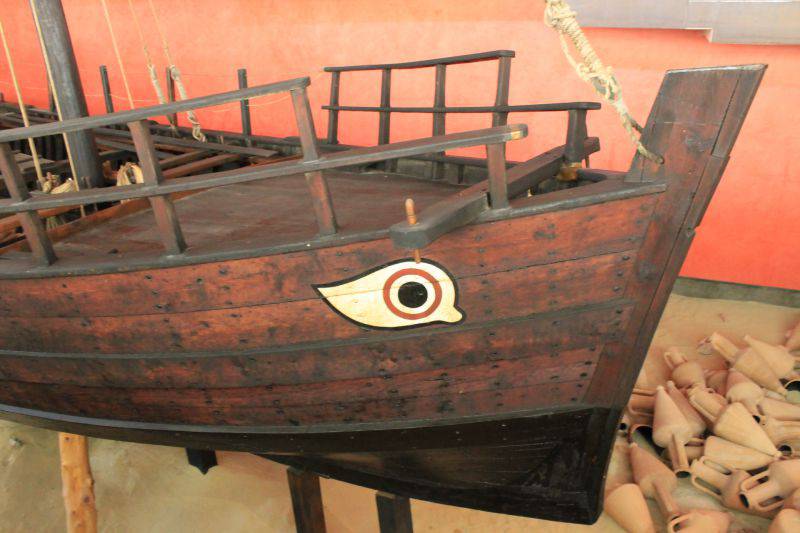
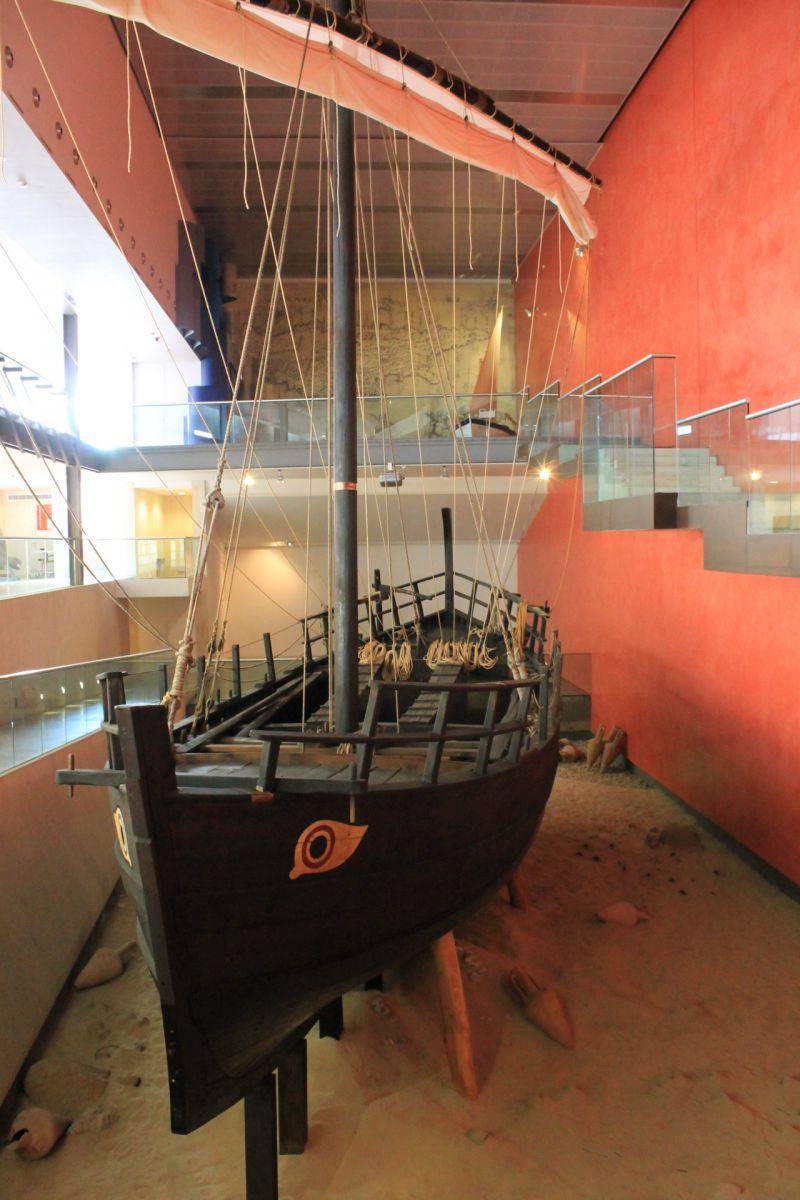

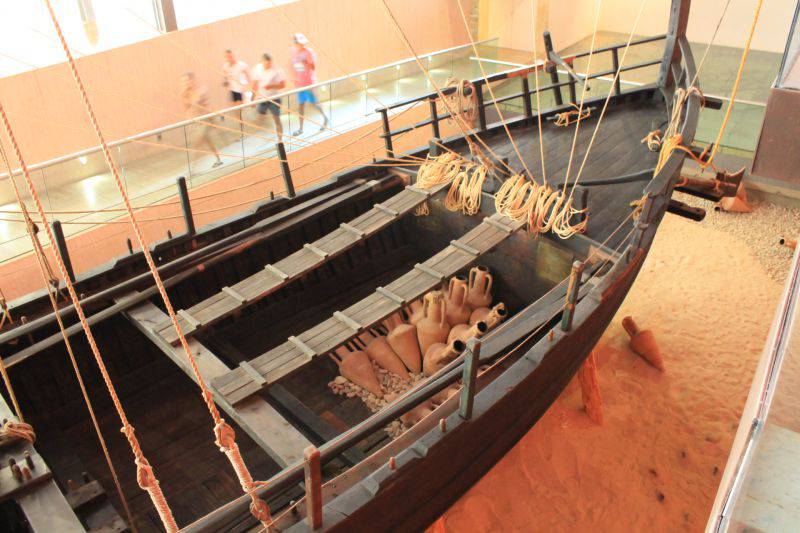
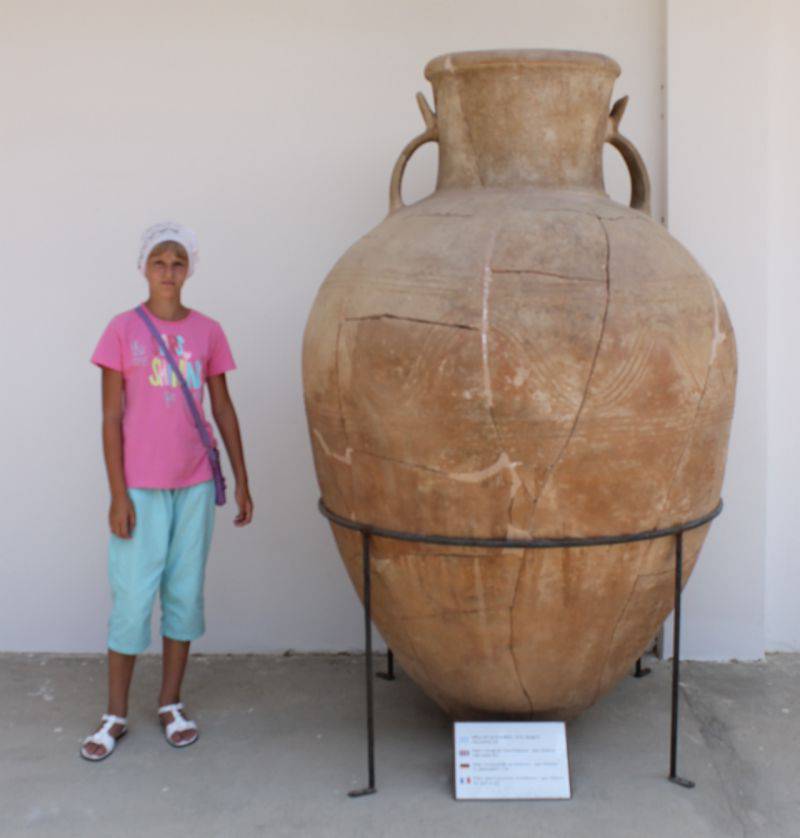
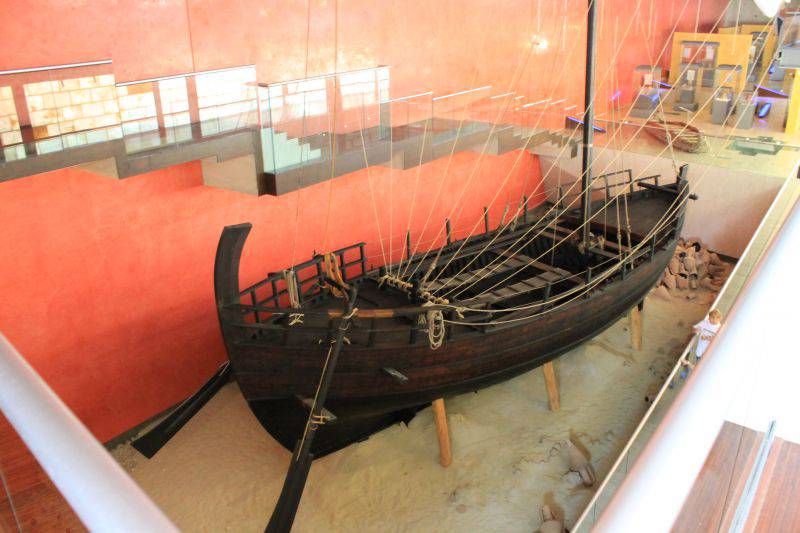
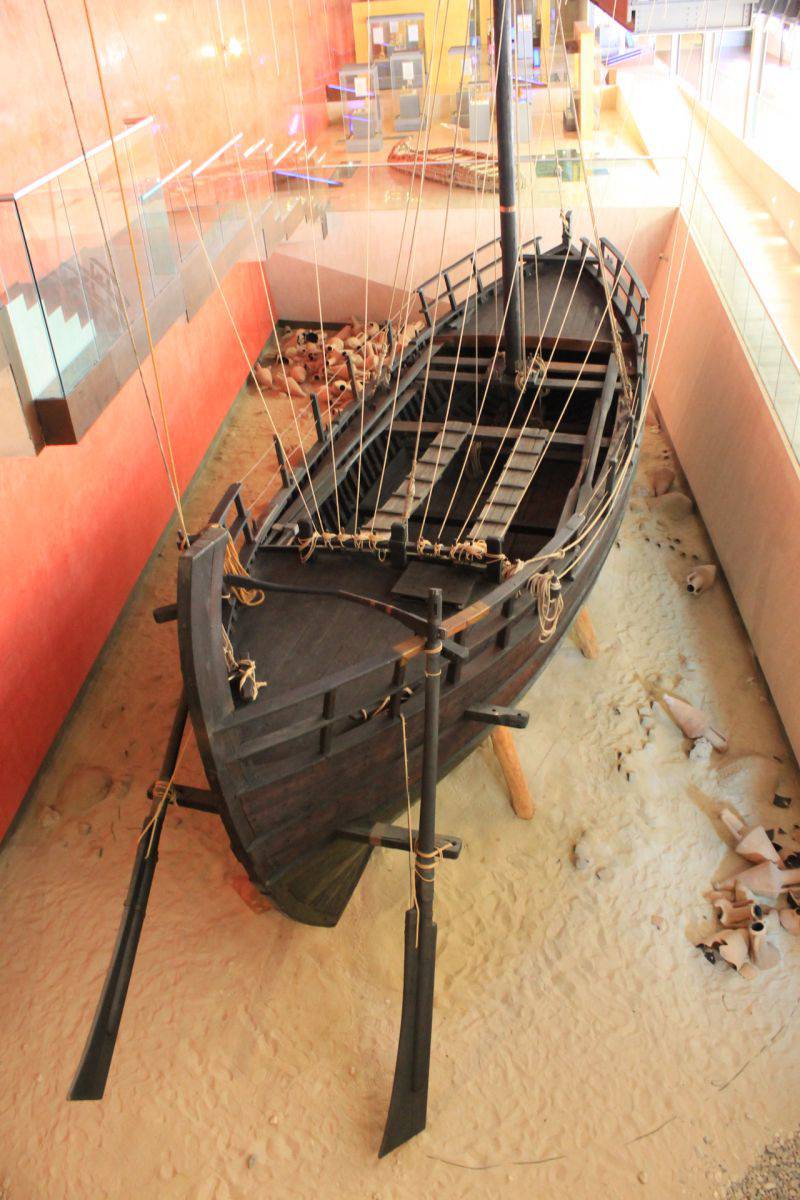
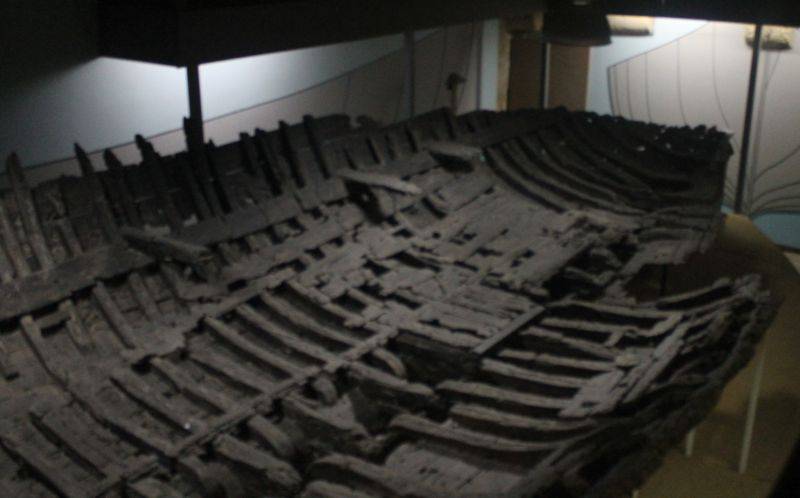
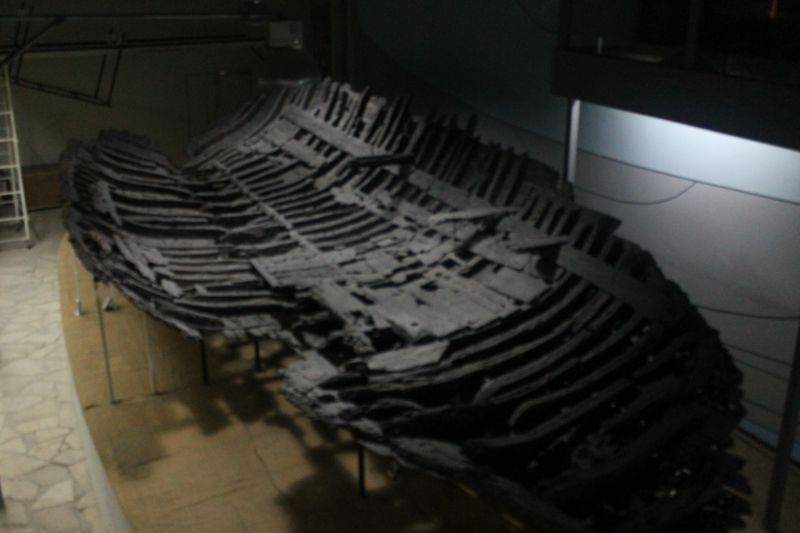
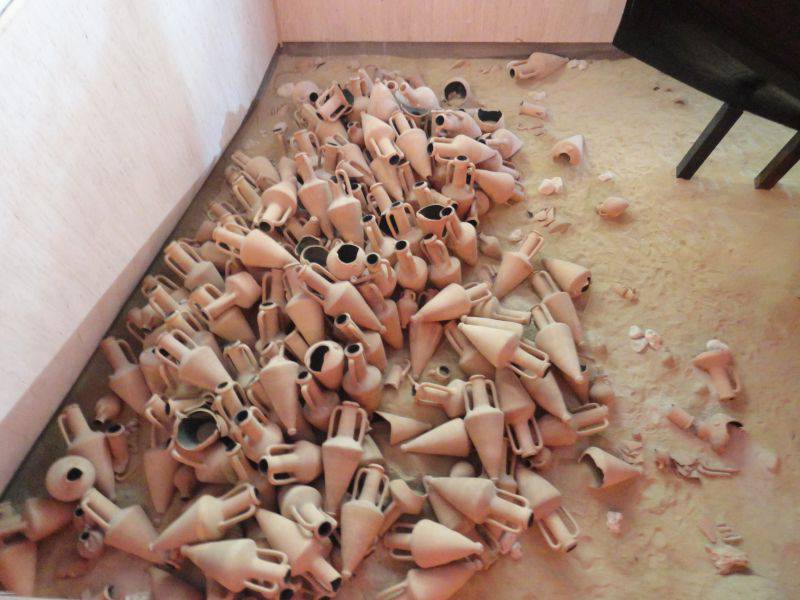
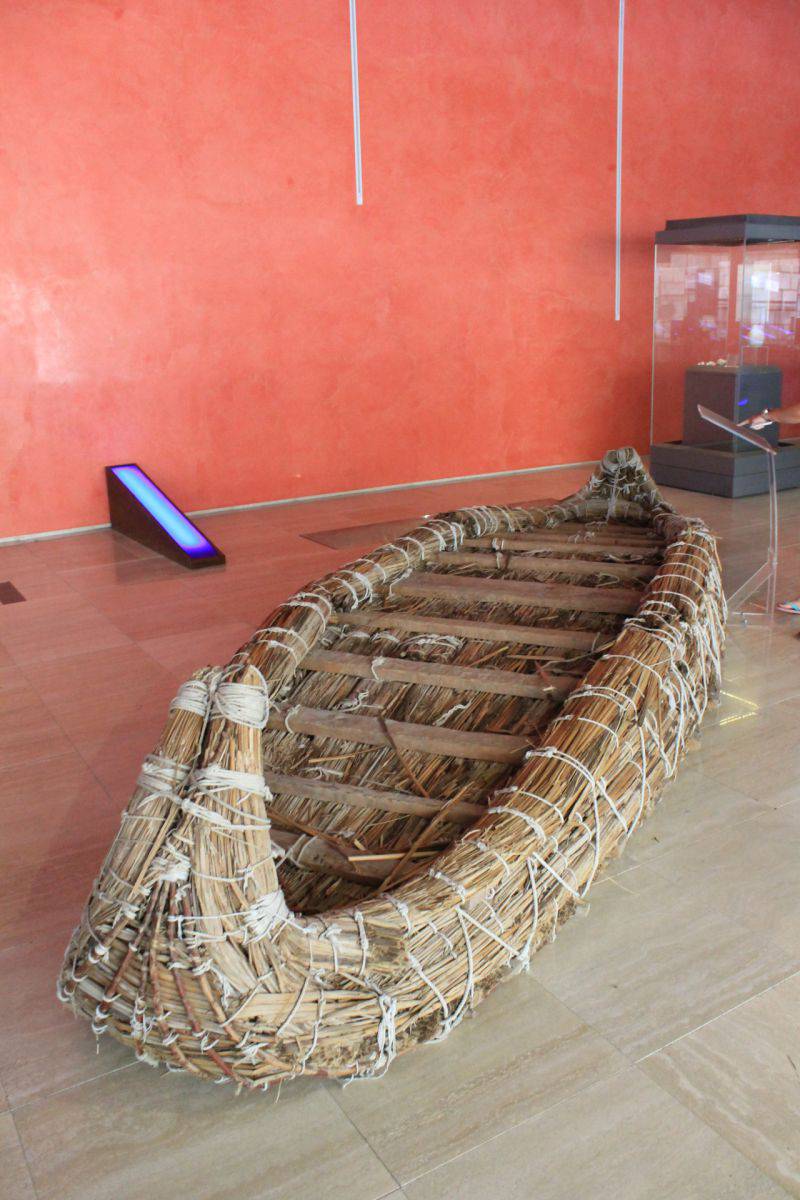
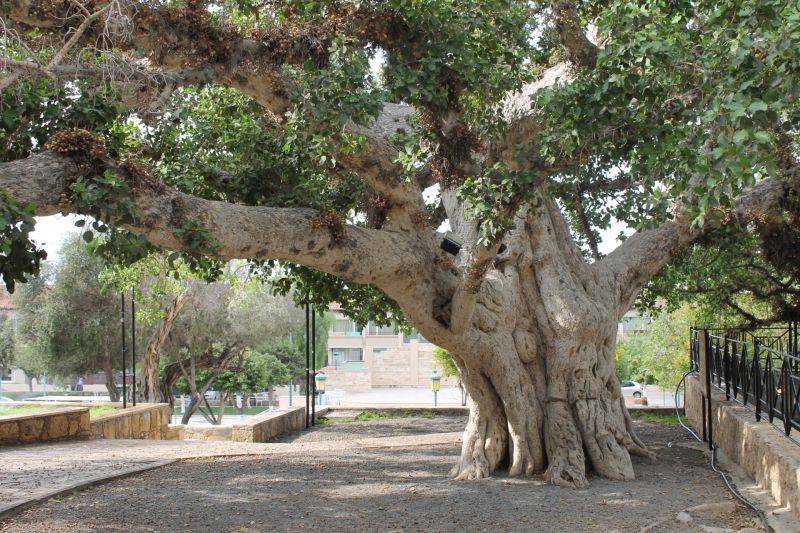
Information